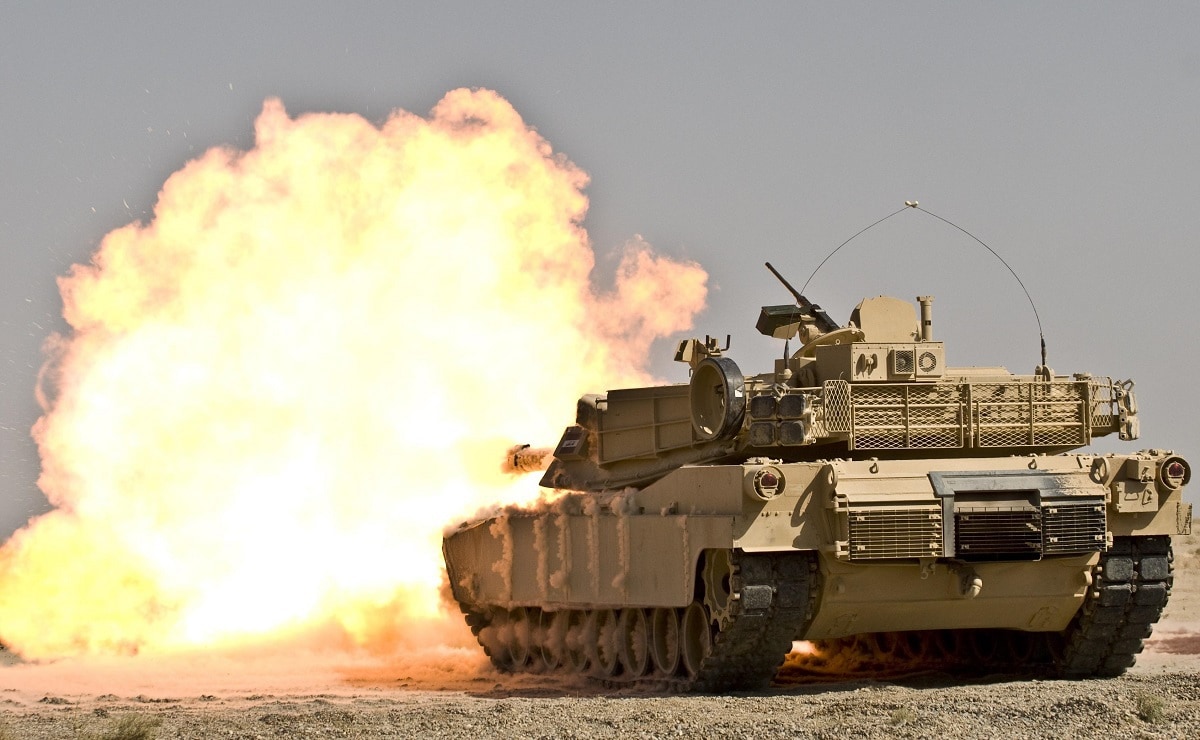The U.S. Army may have to do more with less, as it braces for a possible large budget cut in fiscal year 2022 (FY22).
The service has already been preparing for various contingencies even as President Joe Biden requested $715 billion for the Department of Defense (DoD) for FY22, and a total of $753 billion for national defense programs.
Funding of the Pentagon would be $11.3 billion, 1.6 percent higher than the amount Congress appropriated for 2021. However, as DefenseNews first reported, while it is an increase in actual dollars, the amount is really a slight decrease for the DoD when adjusted for inflation, but it falls significantly short of the Trump administration’s $722 billion request for FY22.
More importantly, the Army may get less money as the other services also have ambitious goals, notably an increase in ships in the U.S. Navy.
“Maintaining U.S. naval power is critical to reassuring allies and signaling U.S. resolve to potential adversaries,” noted the Biden administration’s budget outline. “The discretionary request proposes executable and responsible investments in the U.S. Navy fleet.”
Be All You Can Be
Given such considerations, the U.S. Army could feel the squeeze, and that comes after years of having a budget that allowed it to improve readiness and launch a major modernization effort. Now it could be forced to scale back on such plans.
Army Chief of Staff Gen. James McConville warned that the service will not be able to meet its end-strength goal if its budget stays at the current level, or worse, shrinks.
Instead, the best case could be that the force would remain at its current levels – which DefenseNews reported was at about 486,000 in the active force and slightly above a million in the total force.
“When it comes to what chiefs have to grapple with in a budget, it’s end strength and structure, it’s readiness, and it’s modernization,” Gen. McConville said in an address at the Association of the U.S. Army’s Global Force Next symposium, which held virtually last month. “Those are the three kind of big resource buckets we have.”
Modernize With Less
However, the overall defense budget has highlighted a need to modernize.
“DoD plays an important role in federal research and development that spurs innovation, yields high-value technology, ensures American dominance against near-peer adversaries, and creates good-paying jobs,” the budget request noted.
It has also seen China as a significant threat: “The discretionary request prioritizes the need to counter the threat from China as the department’s top challenge. The department would also seek to deter destabilizing behavior by Russia. Leveraging the Pacific Deterrence Initiative and working together with allies and partners in the Indo-Pacific region and the North Atlantic Treaty Organization, DoD would ensure that the United States builds the concepts, capabilities and posture necessary to meet these challenges.”
However, GOP lawmakers have said Biden’s plan still falls short of what is needed to address the threats from China and Russia. They have argued that more money needs to be directed to the military, including the Army, to adequately fund the transformation needed to counter those threats. Failing to do so will cost far more than the money they warned.
Fifty House Democrats have called for cuts in the Pentagon budget, and in a letter to the president said that the defense budget would be slashed by upwards of ten percent without impacting national security.
Peter Suciu is a Michigan-based writer who has contributed to more than four dozen magazines, newspapers and websites. He regularly writes about military small arms, and is the author of several books on military headgear including A Gallery of Military Headdress, which is available on Amazon.com.

